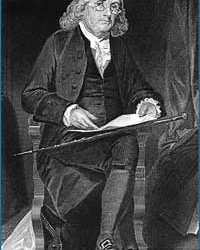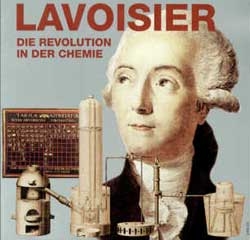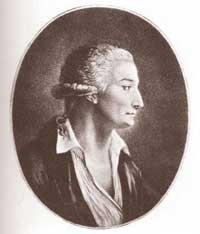“Generous, humble, and diligent throughout her research career” is how colleagues and friends describe Dorothy Hodgkin, the recipient of the 1964 Nobel Prize in Chemistry.
Born in Egypt in 1910, Dorothy Hodgkin’s love for science was ignited at a young age. Her educated and determined parents inspired her to explore various scientific fields, from archaeology to botany.
Moving to England at the age of 10, Dorothy Hodgkin attended classes organized by the National Association for Parent Education in England. During a chemistry lesson, she and her classmates unexpectedly created alum and copper sulfate solutions. This was also the mixture that formed the basis for captivating crystals. That simple experiment became the first stepping stone in Dorothy Hodgkin’s scientific research career.
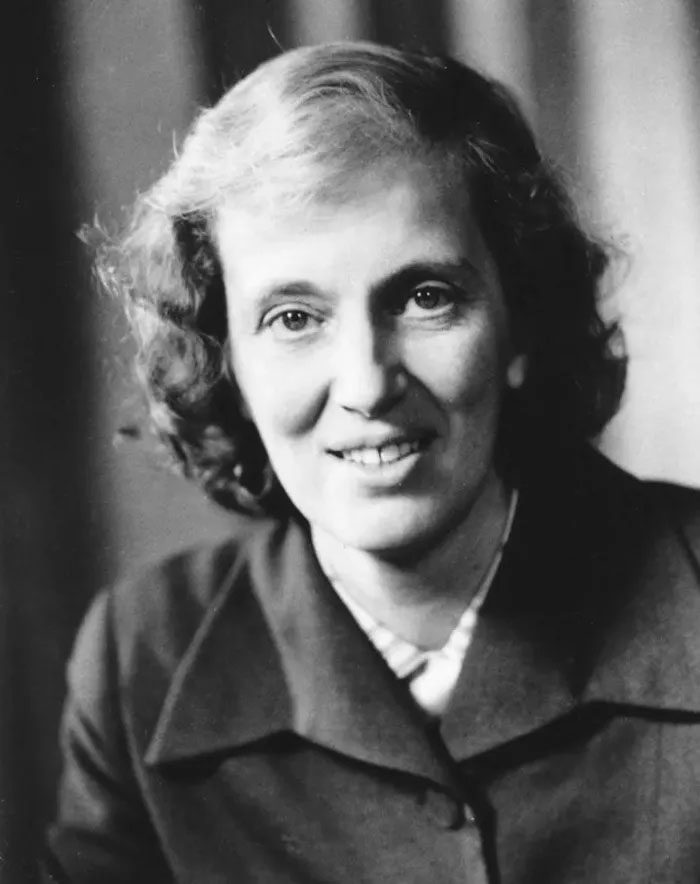
Dorothy Hodgkin’s love for science was ignited at a young age. (Photo: Britannica)
Even as a high school student, she set up a personal laboratory in her family’s attic in Beccles, Suffolk. She collected natural history specimens and conducted analyses on things like garden soil.
In 1928, Dorothy Hodgkin began studying chemistry at Somerville College, Oxford. In her fourth year, she chose to participate in a research project investigating the crystal structure of dimethyl thallium halides, which launched her career in crystallography. After her undergraduate studies, Dorothy Hodgkin was accepted into the laboratory of J.D. Bernal in Cambridge, where she earned her PhD in crystallography. Her scientific career flourished, but her health was not promising. In 1934, Dorothy sought advice for pain, deformity, and swelling in her hands.
In 1938, at the age of 28, Dorothy Hodgkin gave birth to a child, achieving success in her research career, but she also suffered from an infection that led to rheumatoid arthritis. “I found it difficult and painful to stand up and get dressed. Every joint in my body seemed to be affected,” Dorothy Hodgkin once shared.
After several weeks of treatment at a specialist clinic, Dorothy Hodgkin returned to the laboratory. There, she found her hands were so affected that she could not operate the main switch on the X-ray equipment essential for her experiments. Undeterred, she fashioned a long lever to make it easier to operate and continued her research.
The arthritis seemed unable to deter Dorothy Hodgkin. In 1946, she became the first person to completely determine the structure of a complex organic molecule (cholesterol) using X-ray crystallography. When her pain flared up, she took aspirin and used heat packs on her hands.
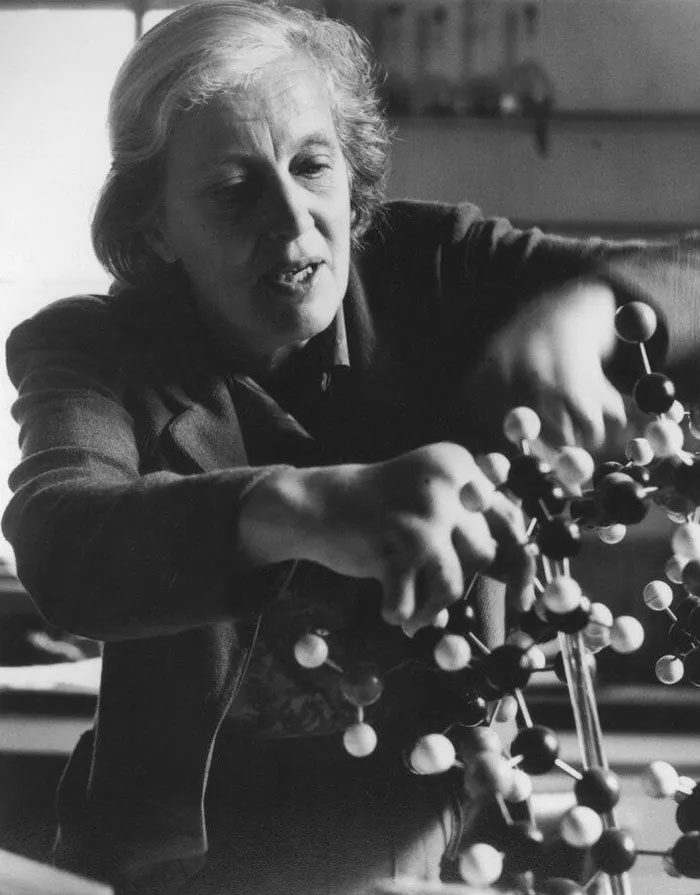
Dorothy Hodgkin is the recipient of the 1964 Nobel Prize in Chemistry. (Photo: Jorge Lewinski)
In 1947, Dorothy Hodgkin was elected a Fellow of the Royal Society. She received the Royal Medal in 1956 and the Copley Medal in 1965. In 1964, she became the only British woman to receive the Nobel Prize in Chemistry for her groundbreaking work determining the structures of important biochemical substances such as penicillin, B12, and insulin using X-ray crystallography. After winning the Nobel Prize, she gained international respect and received numerous invitations to speak at conferences and scientific events around the world.
Despite her increasingly severe arthritis, Dorothy Hodgkin continued to devote her time and expertise to research, giving scientific lectures throughout the rest of her life. She often took a family member along to assist her during trips, using a wheelchair to navigate between meetings and conferences as walking became too slow and painful. Dorothy Hodgkin passed away in 1994.
In addition to being a distinguished scientist, Dorothy Hodgkin was humble and generous. The respect of her friends and colleagues was summed up by her long-time collaborator Max Perutz at her memorial: “Dorothy Hodgkin radiated love for chemistry, family, friends, students, crystals, and her university… Her love was coupled with sharp intelligence and a steely will to succeed, despite her frail body and later severe disability. There was something miraculous about her spirit.”








































